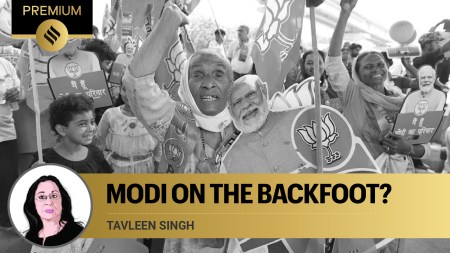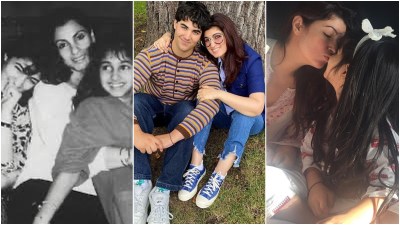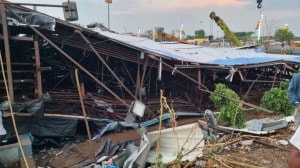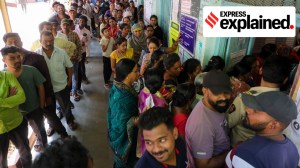- India
- International
That picture from Badaun
The facts of the case remain cloudy. The image of the two murdered girls is its own truth.
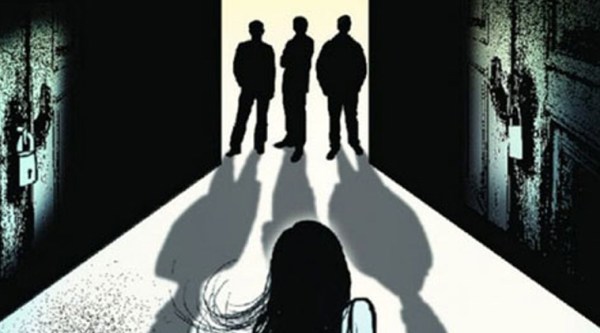 The feudal narrative of land-holding higher castes violating women from the voiceless lower castes — an act of violence that is also an act of socio-economic domination — does not quite fit here. ( Picture for representation only )
The feudal narrative of land-holding higher castes violating women from the voiceless lower castes — an act of violence that is also an act of socio-economic domination — does not quite fit here. ( Picture for representation only )
The Badaun incident in May announced itself to us in the image of two teenaged girls hanging from a mango tree. From that moment, our perception of the incident has been filtered primarily through this image. To us, it spoke of rape, of members of a higher caste brutally asserting their dominance over women from a backward caste. As a global outcry against the killings broke out, the image became a symbol for sexual violence in India, a rural counterpart to the December 16 gangrape in Delhi.
Three months into the case, the CBI ruled out rape and refused to file a chargesheet against the three accused, who are now out on bail. The investigating agency is reportedly mulling over the possibility of approaching the Allahabad High Court for permission to interrogate the victims’ family once more.
What really happened on the night of May 27-28? The truth behind the killings of the two sisters in the village of Katra Sadatgunj in Badaun, Uttar Pradesh, seems to be slipping deeper into a labyrinth of allegations, counter-allegations, investigations, reinvestigations, opinions, trends, statistics and facts that don’t square. But then, as Guy Debord wrote in his seminal work, The Society of the Spectacle, “In a world that is really upside down, the true is a moment of the false.” What, then, does that image say to us now?
As the case proceeds, new questions emerge and few are answered. For instance, how does one bridge the chasm between the initial post mortem report, which confirmed rape, and the forensic reports of August, ruling out rape? And who answers for the public shaming of the three accused brothers, who had to spend three months in prison, branded as ruthless rapists?
Moreover, the image had come to stand for a vicious caste politics that still thrives in the Hindi heartland. The three accused brothers are Yadavs, a caste more dominant than the Mauryas or Shakyas, to which the girls belonged. According to the initial story, two girls were raped and then hanged for all the village to see on the morning of May 28. Their bodies became a theatre on which a gruesome act of caste domination was played out.

Yet, in the village of Katra Sadatganj, the socio-economic equations between the family of the accused and the victims’ family seem to undercut certain assumptions. The 150 Yadav families form a minority in a village of 6,000 people. Known locally as the Ganga-kateves, or “those whose lands the Ganga has cut into”, they are migrants who work on fields owned by others. Their own fields, in the districts of Farukkhabad, Shahjahanpur and Badaun, have been inundated and eroded by the Ganga over the years.
On the other hand, the Mauryas, though an OBC, are a land-owning majority in the village. So the feudal narrative of land-holding higher castes violating women from the voiceless lower castes — an act of violence that is also an act of socio-economic domination — does not quite fit here. Instead, the inconsistencies found in the statements of the victims’ kin throw up other disturbing possibilities.
What the continuing string of investigations might throw up is anybody’s guess. The CBI has ruled out rape, but not murder, and reiterated that it gives no one a “clean chit”. The suggestions of property dispute and honour killing lurk in the background, adding to the many layers of the case. The final verdict seems a long way off and the facts of this case remain cloudy.
But what burns with its own searing truth is the image – two murdered cousins and the mute spectators surrounding them. The bodies of these girls were turned into a spectacle of terror, of powerlessness, of indignity and shame. They were used to drive home the fact that the female person is expendable currency, a commodity without a will, a body that can be used or abused to suit oneself or simply make a point.
sarah.hafeez@expressindia.com
EXPRESS OPINION
More Explained
May 13: Latest News
- 01
- 02
- 03
- 04
- 05


